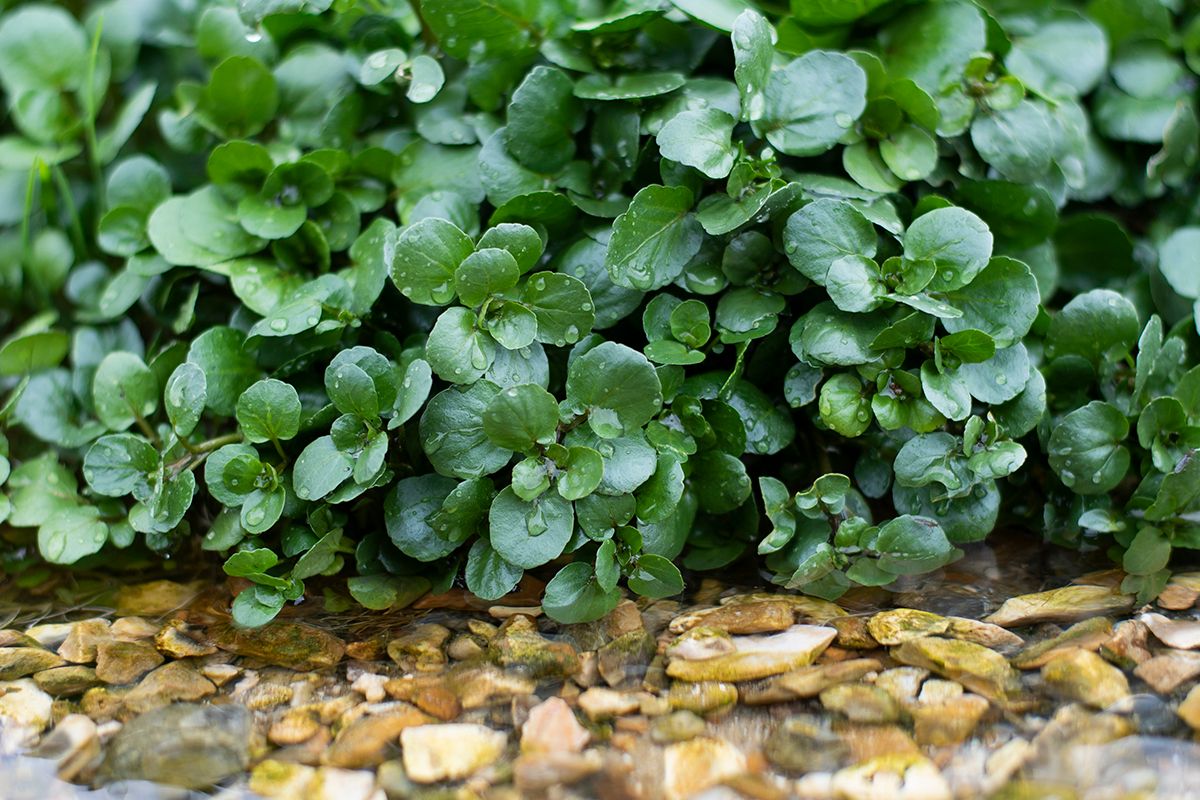
Watercress might seem like just another leafy green, but it packs a punch when it comes to nutrition and history. This peppery plant has been around for centuries, gracing the tables of ancient Greeks and Romans. But what makes watercress so special? Rich in vitamins A, C, and K, it’s a powerhouse for boosting your immune system, improving vision, and keeping bones strong. Not only is it nutritious, but it’s also versatile in the kitchen. You can toss it in salads, blend it into smoothies, or even use it as a garnish. Curious about more? Let’s dive into 25 fascinating facts about this amazing green!
Key Takeaways:
- Watercress is a leafy green vegetable packed with vitamins and minerals, making it great for boosting the immune system and promoting overall health.
- You can enjoy watercress in salads, smoothies, and even grow it at home in a hydroponic system for a fun and rewarding experience.
What is Watercress?
Watercress is a leafy green vegetable known for its peppery flavor and nutritional benefits. It's often used in salads, soups, and sandwiches. Let's dive into some fascinating facts about this underrated superfood.
-
Watercress belongs to the Brassicaceae family, which also includes mustard, radish, and wasabi.
-
This plant thrives in water, making it one of the few aquatic vegetables.
-
Ancient Greeks and Romans believed watercress had medicinal properties and used it to treat various ailments.
Nutritional Benefits of Watercress
Watercress is packed with nutrients that can benefit your health in numerous ways. Here are some key points about its nutritional profile.
-
Watercress is low in calories but high in essential vitamins and minerals.
-
It contains more vitamin C than an orange, making it excellent for boosting the immune system.
-
This leafy green is rich in vitamin K, which is crucial for blood clotting and bone health.
-
Watercress provides a good amount of vitamin A, important for eye health and immune function.
-
It is also a good source of calcium, which supports bone health.
Health Benefits of Watercress
Consuming watercress can offer several health benefits. Here are some ways it can improve your well-being.
-
The antioxidants in watercress help fight free radicals, reducing the risk of chronic diseases.
-
Its high fiber content aids in digestion and promotes a healthy gut.
-
Watercress has anti-inflammatory properties that can help reduce inflammation in the body.
-
Regular consumption may lower the risk of certain cancers due to its high levels of phytochemicals.
-
The nitrates in watercress can improve cardiovascular health by lowering blood pressure.
Culinary Uses of Watercress
Watercress is versatile and can be used in various dishes. Here are some popular ways to incorporate it into your meals.
-
Add watercress to salads for a peppery kick and a nutritional boost.
-
Blend it into smoothies for an extra dose of vitamins and minerals.
-
Use it as a garnish for soups and stews to enhance flavor and presentation.
-
Watercress can be sautéed with garlic and olive oil for a simple, healthy side dish.
-
It pairs well with eggs, making it a great addition to omelets and frittatas.
Growing Watercress at Home
Growing your own watercress can be a rewarding experience. Here are some tips to get you started.
-
Watercress can be grown in water or soil, but it thrives best in a hydroponic system.
-
It prefers a cool, shady environment, making it ideal for indoor gardening.
-
Regularly changing the water and ensuring good air circulation can prevent mold and mildew.
-
Harvest watercress by cutting the stems just above the waterline to encourage regrowth.
Fun Facts About Watercress
Watercress has some interesting trivia associated with it. Here are a few fun facts to share with friends and family.
-
In the 19th century, watercress was known as the "poor man's bread" because it was cheap and nutritious.
-
The town of Alresford in Hampshire, England, is famous for its watercress farms and even hosts an annual Watercress Festival.
-
Watercress was one of the first foods to be declared a superfood, thanks to its dense nutrient profile.
Watercress: A Nutritional Powerhouse
Watercress isn't just a leafy green; it's a nutritional powerhouse. Packed with vitamins A, C, and K, this superfood supports immune health, vision, and bone strength. Its peppery flavor adds a unique twist to salads, soups, and sandwiches, making meals both tasty and healthy.
Rich in antioxidants, watercress helps combat free radicals, reducing the risk of chronic diseases. Its high fiber content aids digestion, while potassium helps regulate blood pressure. Plus, the low-calorie count makes it perfect for weight management.
Incorporating watercress into your diet is easy. Toss it in a salad, blend it into a smoothie, or use it as a garnish. This versatile green is more than just a garnish; it's a nutrient-dense addition to any meal. So, next time you're at the grocery store, grab some watercress and enjoy its many health benefits.
Frequently Asked Questions
Was this page helpful?
Our commitment to delivering trustworthy and engaging content is at the heart of what we do. Each fact on our site is contributed by real users like you, bringing a wealth of diverse insights and information. To ensure the highest standards of accuracy and reliability, our dedicated editors meticulously review each submission. This process guarantees that the facts we share are not only fascinating but also credible. Trust in our commitment to quality and authenticity as you explore and learn with us.


